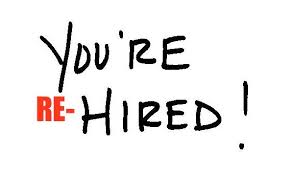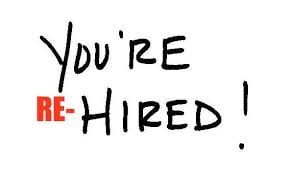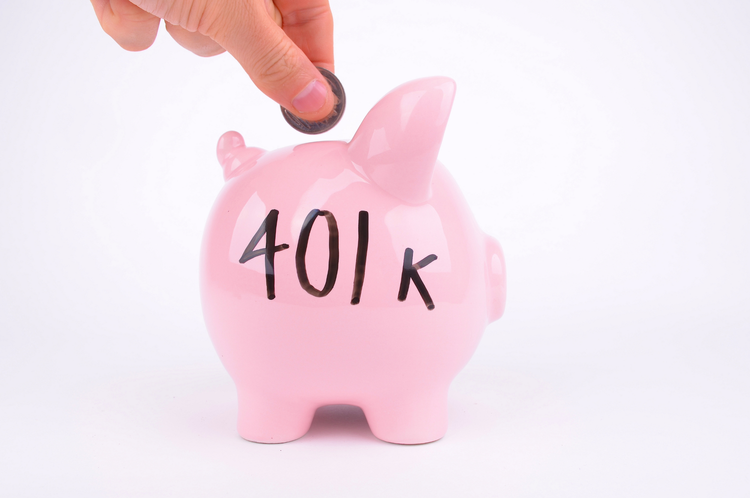With the holiday season upon us and the end of the year approaching, we pause to give thanks for our blessings and the people in our lives. It is also a time when charitable giving often comes to mind. The tax benefits associated with charitable giving could potentially enhance your ability to give and should be considered as part of your year-end tax planning.
Tax deduction for charitable gifts
If you itemize deductions on your federal income tax return, you can generally deduct your gifts to qualified charities. This may also help potentially increase your gift.
Example(s)
: Assume you want to make a charitable gift of $1,000. One way to potentially enhance the gift is to increase it by the amount of any income taxes you save with the charitable deduction for the gift. At a 24% tax rate, you might be able to give $1,316 to charity [$1,000 ÷ (1 - 24%) = $1,316; $1,316 x 24% = $316 taxes saved]. On the other hand, at a 32% tax rate, you might be able to give $1,471 to charity [$1,000 ÷ (1 - 32%) = $1,471; $1,471 x 32% = $471 taxes saved].
However, keep in mind that the amount of your deduction may be limited to certain percentages of your adjusted gross income (AGI) from your company. For example, your deduction for gifts of cash to public charities is generally limited to 60% of your AGI for the year, and other gifts to charity are typically limited to 30% or 20% of your AGI. Charitable deductions that exceed the AGI limits may generally be carried over and deducted over the next five years, subject to the income percentage limits in those years.
For 2021 charitable gifts, the normal rules have been enhanced: The limit is increased to 100% of AGI for direct cash gifts to public charities. And even if you don't itemize deductions, you can receive a $300 charitable deduction ($600 for joint returns) for direct cash gifts to public charities (in addition to the standard deduction).
Make sure to retain proper substantiation of your charitable contribution. In order to claim a charitable deduction for any contribution of cash, a check, or other monetary gift, you must maintain a record of such contributions through a bank record (such as a cancelled check, a bank or credit union statement, or a credit-card statement) or a written communication (such as a receipt or letter) from the charity showing the name of the charity, the date of the contribution, and the amount of the contribution. If you claim a charitable deduction for any contribution of $250 or more, you must substantiate the contribution with a contemporaneous written acknowledgment of the contribution from the charity. If you make any noncash contributions, there are additional requirements.
Year-end tax planning
When making charitable gifts at the end of a year, you should consider them as part of your year-end tax planning. Typically, you have a certain amount of control over the timing of income and expenses. You generally want to time your recognition of income so that it will be taxed at the lowest rate possible, and time your deductible expenses so they can be claimed in years when you are in a higher tax bracket.
For example, if you expect to be in a higher tax bracket next year, it may make sense to wait and make the charitable contribution in January so that you can take the deduction next year when the deduction results in a greater tax benefit. Or you might shift the charitable contribution, along with other deductions, into a year when your itemized deductions would be greater than the standard deduction amount. And if the income percentage limits above are a concern in one year, you might consider ways to shift income into that year or shift deductions out of that year, so that a larger charitable deduction is available for that year. A tax professional can help you evaluate your individual tax situation.
Featured Video
Articles you may find interesting:
- Corporate Employees: 8 Factors When Choosing a Mutual Fund
- Use of Escrow Accounts: Divorce
- Medicare Open Enrollment for Corporate Employees: Cost Changes in 2024!
- Stages of Retirement for Corporate Employees
- 7 Things to Consider Before Leaving Your Company
- How Are Workers Impacted by Inflation & Rising Interest Rates?
- Lump-Sum vs Annuity and Rising Interest Rates
- Internal Revenue Code Section 409A (Governing Nonqualified Deferred Compensation Plans)
- Corporate Employees: Do NOT Believe These 6 Retirement Myths!
- 401K, Social Security, Pension – How to Maximize Your Options
- Have You Looked at Your 401(k) Plan Recently?
- 11 Questions You Should Ask Yourself When Planning for Retirement
- Worst Month of Layoffs In Over a Year!
- Corporate Employees: 8 Factors When Choosing a Mutual Fund
- Use of Escrow Accounts: Divorce
- Medicare Open Enrollment for Corporate Employees: Cost Changes in 2024!
- Stages of Retirement for Corporate Employees
- 7 Things to Consider Before Leaving Your Company
- How Are Workers Impacted by Inflation & Rising Interest Rates?
- Lump-Sum vs Annuity and Rising Interest Rates
- Internal Revenue Code Section 409A (Governing Nonqualified Deferred Compensation Plans)
- Corporate Employees: Do NOT Believe These 6 Retirement Myths!
- 401K, Social Security, Pension – How to Maximize Your Options
- Have You Looked at Your 401(k) Plan Recently?
- 11 Questions You Should Ask Yourself When Planning for Retirement
- Worst Month of Layoffs In Over a Year!
A word of caution
Be sure to deal with recognized charities and be wary of charities with similar-sounding names. It is common for scam artists to impersonate charities using bogus websites, email, phone calls, social media, and in-person solicitations. Check out the charity on the IRS website, irs.gov, using the Tax Exempt Organization Search tool. And don't send cash; contribute by check or credit card.
What is the 401(k) plan offered by Salesforce?
The 401(k) plan at Salesforce is a retirement savings plan that allows employees to save a portion of their salary on a tax-deferred basis.
Does Salesforce offer a company match for its 401(k) plan?
Yes, Salesforce offers a company match for its 401(k) contributions, helping employees maximize their retirement savings.
How can Salesforce employees enroll in the 401(k) plan?
Salesforce employees can enroll in the 401(k) plan through the employee benefits portal during their onboarding or during open enrollment periods.
What are the contribution limits for Salesforce's 401(k) plan?
The contribution limits for Salesforce's 401(k) plan align with IRS guidelines, which may change annually. Employees should check the latest limits on the IRS website or through Salesforce's benefits resources.
Can Salesforce employees take loans against their 401(k) savings?
Yes, Salesforce allows employees to take loans against their 401(k) savings, subject to certain terms and conditions outlined in the plan documents.
What investment options are available in Salesforce's 401(k) plan?
Salesforce's 401(k) plan offers a variety of investment options, including mutual funds, target-date funds, and other investment vehicles to suit different risk tolerances.
How often can Salesforce employees change their 401(k) contribution amounts?
Salesforce employees can change their 401(k) contribution amounts at any time, subject to the plan's guidelines and payroll processing schedules.
When can Salesforce employees access their 401(k) funds?
Employees can access their 401(k) funds upon reaching retirement age, or in cases of hardship, termination of employment, or disability, following the plan's rules.
Does Salesforce provide financial education regarding its 401(k) plan?
Yes, Salesforce offers financial education resources and workshops to help employees understand their 401(k) options and make informed investment decisions.
Are there any fees associated with Salesforce's 401(k) plan?
Yes, there may be fees associated with managing the 401(k) plan, including administrative fees and investment management fees, which are disclosed in the plan documents.
/General/General%205.png?width=1280&height=853&name=General%205.png)



-2.png?width=300&height=200&name=office-builing-main-lobby%20(52)-2.png)









.webp?width=300&height=200&name=office-builing-main-lobby%20(27).webp)


-2.png)









.webp)